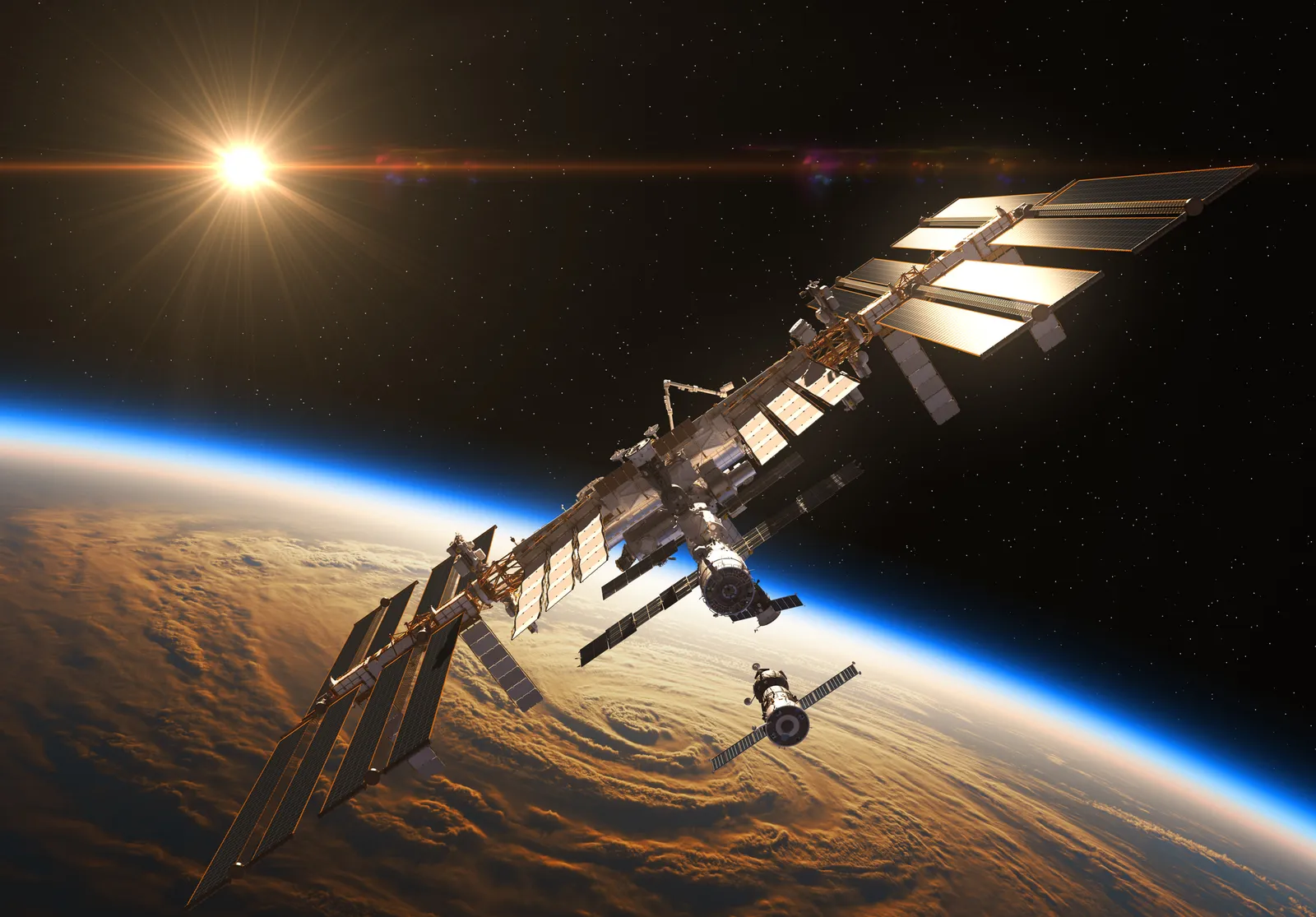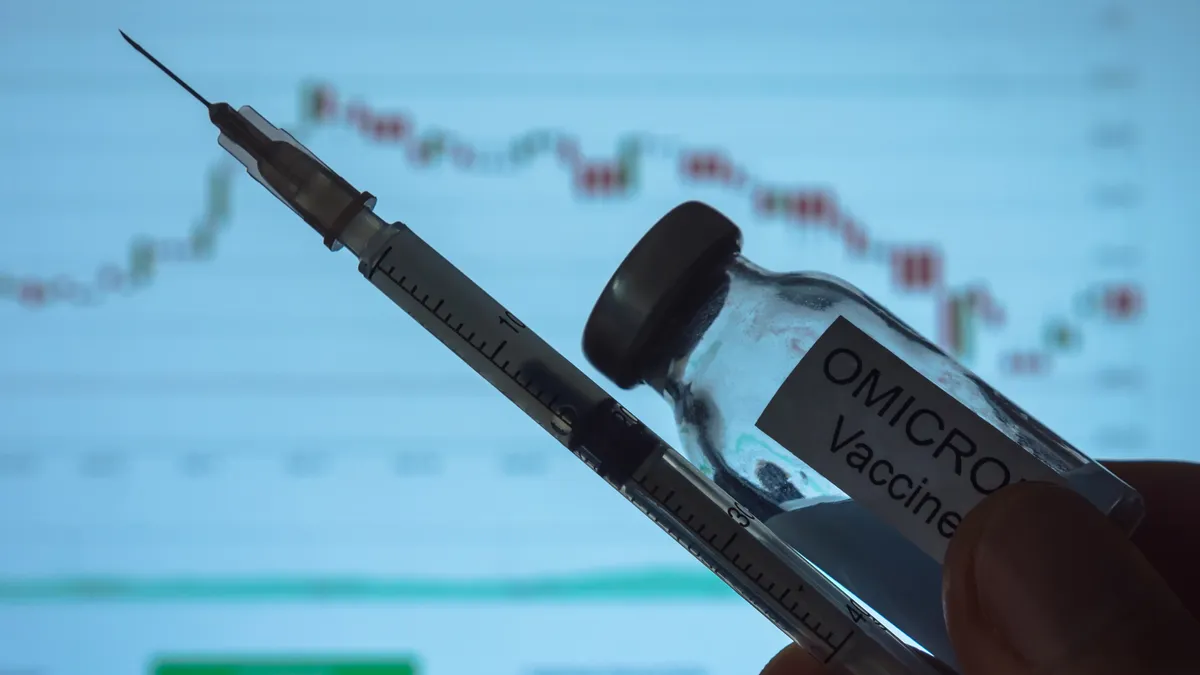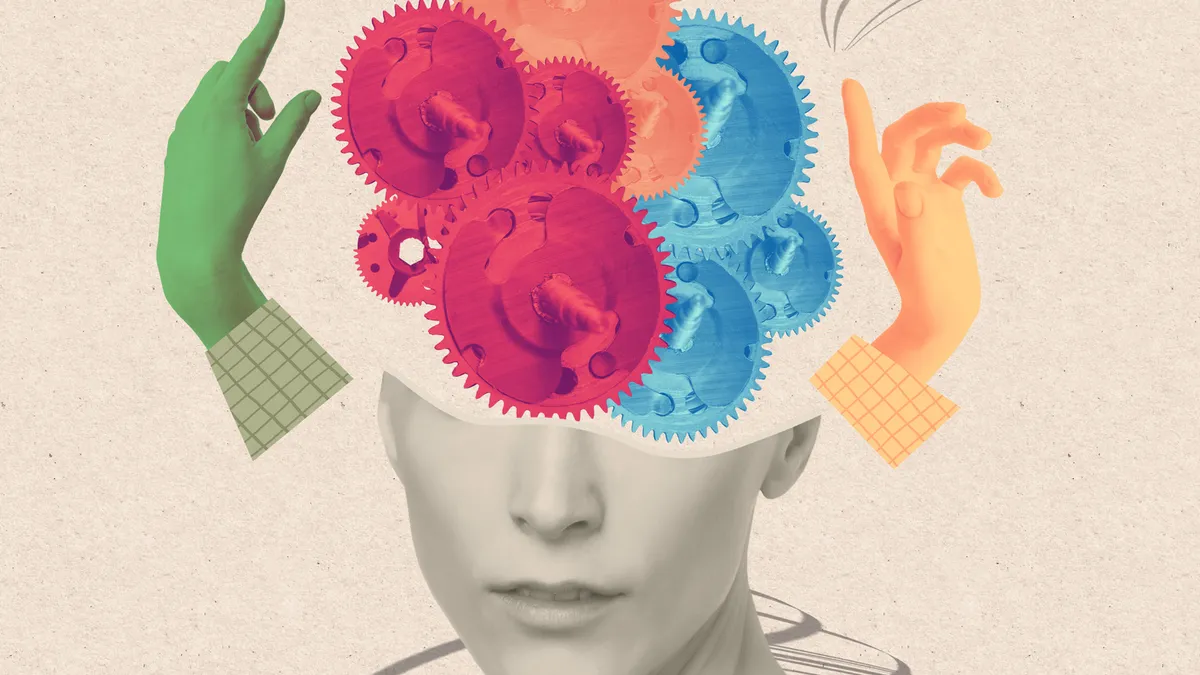In March, the Swiss life sciences company Cutiss sent a piece of skin into space as part of an advanced research and development mission onboard the International Space Station (ISS).
Cutiss is far from alone in turning its eyes to the skies for R&D. The ISS has hosted a number of biotech, pharma and other medical experiments over the years to find out how science plays out in the cosmos. According to the ISS, life sciences research in space can offer a number of insights including how microgravity alters gene expression and DNA regulation; changes cellular function and physiology; improves the growth of protein crystals and optimization of nanofluidic systems, and more.
Cutiss’ experiment is aimed at observing the biological processes and cell behavior of skin tissue in the space environment. Ultimately, Cutiss, which focuses on regenerative medicine, tissue engineering and skin pigmentation, hopes to develop wound healing strategies for astronauts during spaceflight, gain greater understanding of the space environment on human health, and advance new medical treatments and technologies.
“Microgravity could also influence the way we issue therapies and innovation for people on Earth because we could have implications on how the cells are, indeed, programmed to either heal, or heal with scarring, or no scarring,” Cutiss CEO, Daniela Marino, told PharmaVoice.
Other organizations have made biotech in space part of their core business, such as InnoStudio, which conducts what it calls “space chemistry.” In addition to launching the first COVID-19 drug research in space on the ISS, it also specializes in space-related chemical technologies, such as formulation technologies for drug discovery. Its COVID-19 experiment sought to discover the effect of microgravity on the stability of Gilead Sciences’ antiviral remdesivir.
Here are a few other organizations that have recently taken to the stars for their research.

BMS looks to improve formulations
In March, Bristol Myers Squibb sent research to the ISS to examine the crystallization of biotherapeutic compounds in microgravity. Since some crystals grow larger and more well-ordered in microgravity than in an Earth-based environment, the research team sought to identify the physical conditions that result in large, high-quality crystals in microgravity.
Such knowledge could be applied to improving the “biomanufacturing processes, elucidation of the structure of complex molecules and convenient delivery of higher doses of therapeutic proteins on Earth,” according to a press announcement.
Axiom’s race to commercialize space
Experiments from several organizations are scheduled to be included on an upcoming mission to the ISS by Axiom Space, a human spaceflight company that aims to build the world’s first commercial space station. Its upcoming Axiom Mission 2 is hoping to deliver a number of noteworthy research from studies about DNA nano therapeutics in collaboration with University of Connecticut, Eascra Biotech and Advanced Solutions Life Sciences; stellar stem cells in collaboration with Board of Governors Regenerative Medicine Institute at Cedars-Sinai; cancer in low-Earth orbit in collaboration with Sanford Stem Cell Institute at UC San Diego; and space tissue and regeneration in collaboration with Wake Forest Institute for Regenerative Medicine and the RegenMed Development Organization.
SpaceX’s heart tissue mission
SpaceX CRS-27, the same launch that sent Bristol Myers Squibb’s crystallization experiment to the ISS, also contained heart tissue experiments from Stanford University and Johns Hopkins Medicine.
The Stanford research team pretreated engineered heart tissues with FDA-approved drugs to evaluate whether the therapeutics would help reduce the negative effects of microgravity on the tissues.
Johns Hopkins, meanwhile, is looking to monitor changes in the heart muscle cells’ mitochondria and ability to contract in low-gravity conditions. During that experiment, astronauts on board during the mission planned to introduce three FDA-approved medicines to the samples to prevent heart cell changes that are known or suspected to occur in those undertaking long-duration spaceflights.
Both the Stanford and Johns Hopkins experiments use micro-engineered human heart tissue-on-a-chip technology, which are engineered to model the structure and function of human tissues and organ systems.



















